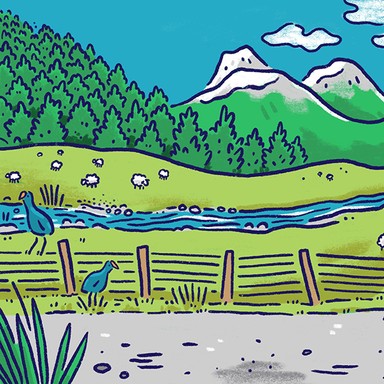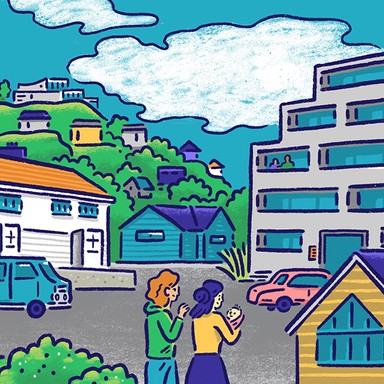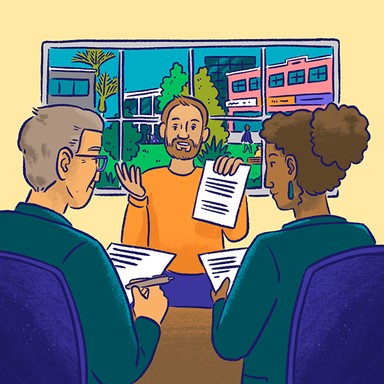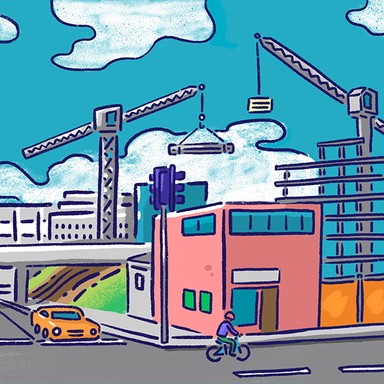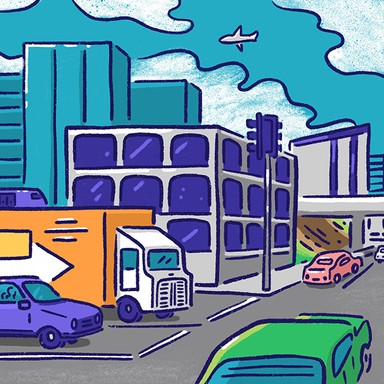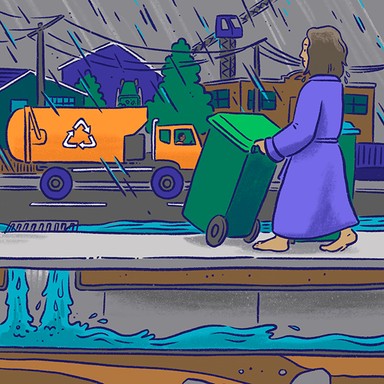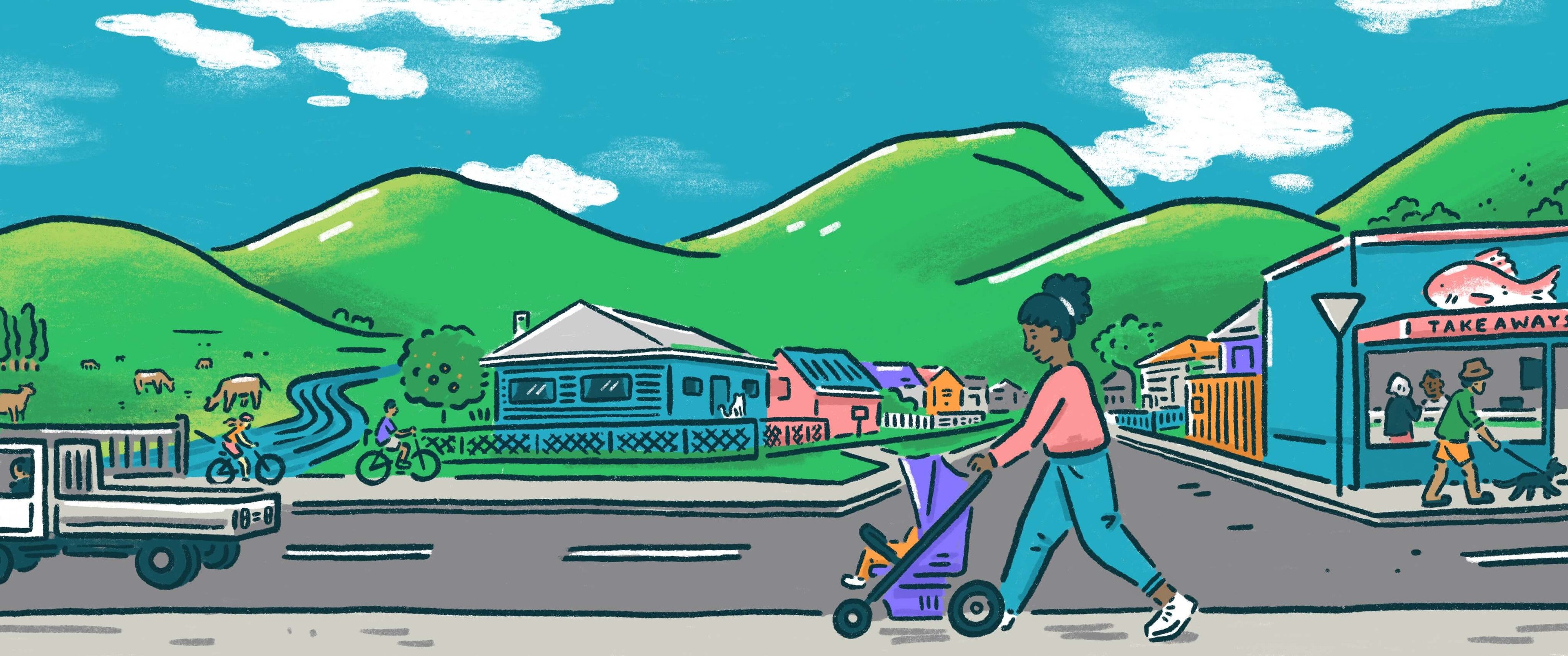
Rangitīkei District Council
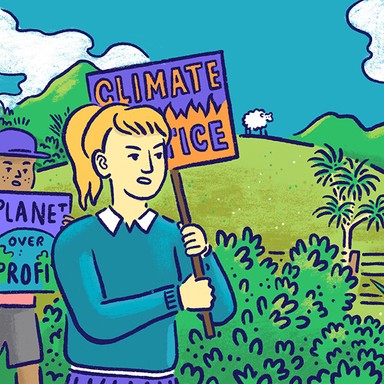
Climate change and resilience
Climate change poses a huge challenge for communities as more frequent extreme weather events require us to rethink how we live and where. Local authorities are at the forefront of efforts to respond, with responsibilities for environmental planning and regulation, as well as civil defence. Many councils have plans to reduce emissions in their area and are working to help their communities adapt to a warming world.

Climate change and resilience
Climate change poses a huge challenge for communities as more frequent extreme weather events require us to rethink how we live and where. Local authorities are at the forefront of efforts to respond, with responsibilities for environmental planning and regulation, as well as civil defence. Many councils have plans to reduce emissions in their area and are working to help their communities adapt to a warming world.
Seek realistic and pragmatic targets for the effects of any policy decisions aimed at greenhouse gas emissions.
Improve infrastructure and methods to cope with adverse weather conditions as part of ongoing maintenance maximising economic efficiency.
Support and maintain links with local groups assessing their capabilities and offering improvements and guidelines as necessary.
Educate to enable community buy in.
Balance initiatives with future aspirational outcomes and existing commercial reality.
Support local initiatives to address current effects.
Seek realistic and pragmatic targets for the effects of any policy decisions aimed at greenhouse gas emissions.
Improve infrastructure and methods to cope with adverse weather conditions as part of ongoing maintenance maximising economic efficiency.
Support and maintain links with local groups assessing their capabilities and offering improvements and guidelines as necessary.
Educate to enable community buy in.
Balance initiatives with future aspirational outcomes and existing commercial reality.
Support local initiatives to address current effects.
Mayor
Compare the mayoral candidates in your area
Local council
Compare the candidates for your city or district council
Regional council
Compare the candidates for your regional council
Local board
Compare the candidates for your local or community board
